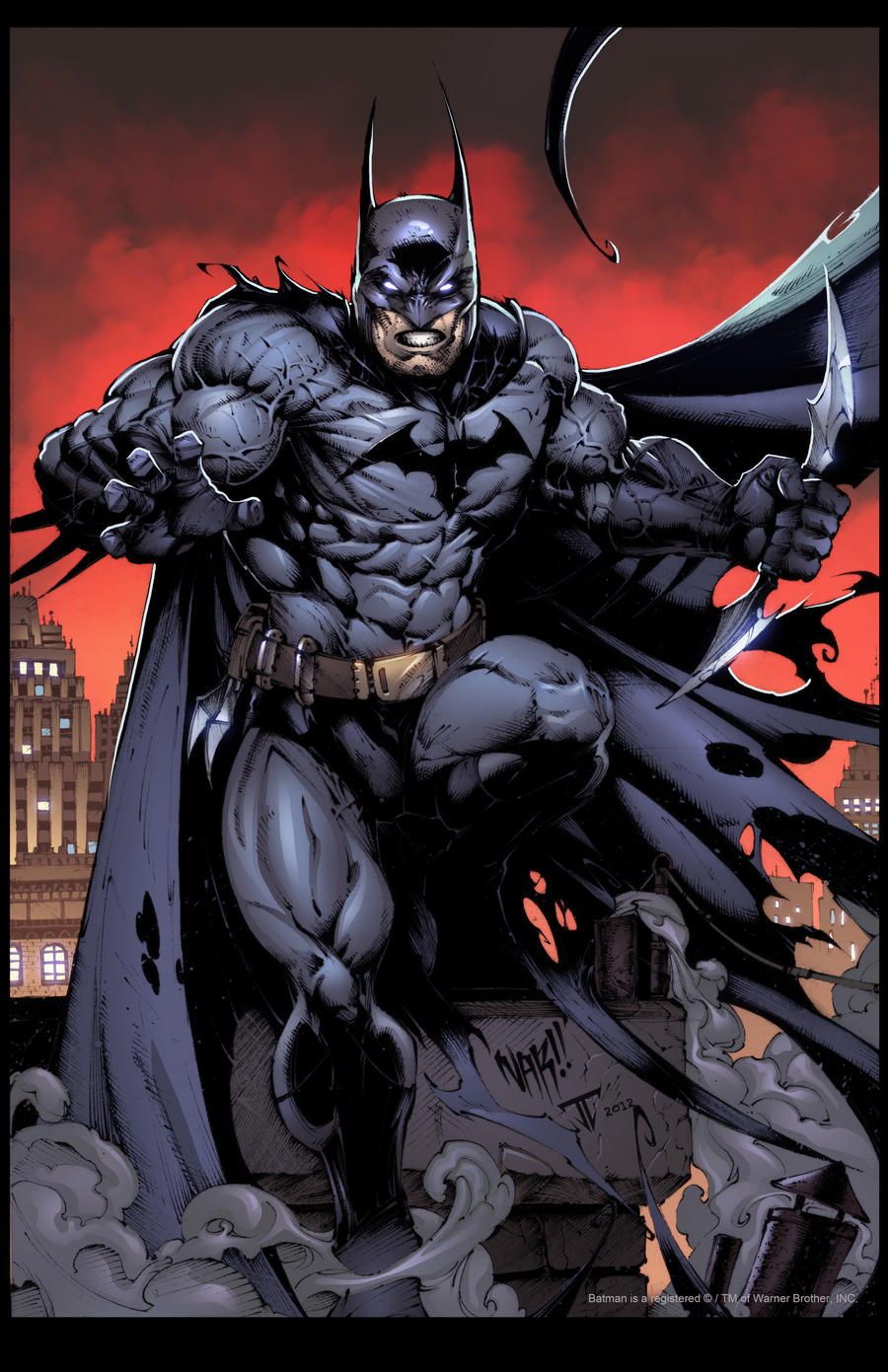In the 1990’s, a trend that had been building for a long time reach a natural fruition–drawing all superheroes as super-bulky weight lifters, and all superheroines as porn stars. Before it reached critical levels, men had become almost unrecognizable, covered in veins and with saliva flying from their mouths as they spoke and wildly over-bulging muscles on top of muscles. It looked bad. Some characters, such as the Hulk, would reasonably look like this, but most wouldn’t.
Artists were drawing women with exceedingly long legs, breast implants that hung from the collar bone, waist-lines reduced to miniscule proportions, a conspicuous lack of “saddlebags” on the outer thighs, and tiny feet. Their faces were out of proportions, with eyes too large and too wide apart, chins too small, noses all reduced to little upturned button noses, and great billowing masses of hair that floated freely on invisible air currents.

Some comic artists still cling to these conventions, and it’s time they let them go. Weight-lifters and bulking up got mixed up with being a superheroes, when in fact they have nothing to do with each other. Weight lifters need not be heroic, and superheroes need not be overly muscular to be heroes. Furthermore, the coveted “V” shaped body that weight lifters pursue is not particularly strong. Strength does not come from huge shoulders and biceps. Strength radiates from the fighter’s core, aka the abdoman and hips. This is why ancient gladiators were thick around the middle, because that’s where physical strength comes from. It’s why sumo wrestlers are so dangerous. If anything, superheroes would be all-around fit, much like a professional baseball player, or perhaps a middleweight boxer. This gives the athlete enough mass to dominate, but not at the cost of speed and agility and endurance.
